We frequently receive questions from concerned animal lovers about caring for local feral cats, especially as temperatures drop. A feral cat is an outdoor cat raised without human interaction or one who may have been abandoned, adapting to survive in their surroundings. Feral cats often form groups or colonies — and are often called “community cats” — seeking shelter where food is available, often in abandoned buildings or deserted cars to protect themselves from bad weather.
Despite their lack of socialization with humans, community cats still need support to survive harsh winter months. Fortunately, there are simple actions anyone can take to help feral cats during winter. To optimize resources and ensure safety for everyone, there are also a few actions to avoid. Here’s what you need to know!
Caring for Feral Cats Do’s and Don’ts
Below are some helpful do’s and don’ts to keep in mind when caring for outdoor cats during cold weather provided by Valerie Kajko, community liaison for Dumb Friends League.
Do’s:
- Provide a winter enclosure to give cats a safe and warm place to sleep (see downloadable guide HERE).
- Provide extra dry food (no wet food in winter!) and water to ensure that the cats have enough to eat and drink.
- Provide water in a deep rubber or heated bowl to prevent it from freezing.
- Make a feeding station to keep food dry and away from the snow (see downloadable guide HERE).
- If you cannot make a feeding station, gravity feeders are also great for winter.
- Clear away any snow that accumulates in their sleeping areas and feeding areas to help keep them warm.
- Leave community cats outside where they are used to living.
Don’ts:
- Do not trap outdoor cats to bring them to a shelter or inside your home. This may cause the cat extra stress and trauma because they are not socialized with people, even if they appear friendly. Community cats thrive outside! In most situations, the best thing you can do is provide a warm and safe outdoor shelter for them.
- Do not provide wet food unless you can remove any leftovers after an hour, have a heated bowl, or have a feeding station. Wet food can freeze in very cold temperatures and become inedible.
Best Practices for Keeping Feral Cats Warm
Remember the saying, “Hay is for horses, straw is for strays.” Straw is a more durable choice than hay when it comes to winter enclosures, as hay is prone to becoming moldy when wet. Hay can also absorb water, causing a cat to fall asleep and freeze to death! Also avoid using towels and blankets in enclosures, as they absorb water and contribute to a cold and damp environment, which can endanger a cat’s own body temperature and put their health at risk.
Whenever feasible, position enclosures elevated from the ground to prevent them from feeling excessively cold and damp. This also reduces the risk of snow and rain seeping in. Opt for a smaller doorway to deter other animals from entering. If possible, add a door flap and ensure that the entry to the enclosure does not face the direction of the wind.
In winter, feral cats face reduced access to drinking water, emphasizing the need to supply sufficient water. Use a deep rubber or heated bowl to prevent freezing. Additionally, check on their food and water more frequently if you can, ideally twice daily, to replenish dry food and ensure a fresh water supply.
Plan for any inclement weather that may prevent you from being able to check on the feral cats. Prior to a big snowstorm, top off dry food with extra food, add straw to any enclosures that seem to be low, and make sure the enclosures are not leaking water or are wet inside.
Here’s another helpful video from Kitten Lady on how to assemble a shelter:
When Human Intervention is Helpful
In general, it is not recommended to interact with or trap feral or community cats unless involved in a Trap-Neuter-Return (TNR) program (more on those soon). However, there are a couple of exceptions where a feral cat needs human intervention beyond food, water and shelter. If a feral cat has an injury where it is unable to bear weight on limbs or has open wounds, they need assistance. Get them trapped with a humane cat trap and take them to either a shelter or veterinary clinic so they can get their injury addressed. (Cat Care Society has live traps available for rent!)
For kittens that are born during cold snaps and are under 8 weeks old, try to trap them. However, if it is snowing or under 20 degrees, avoid trapping. Instead, provide a winter enclosure for the mom and kittens until the weather improves. Although cats typically don’t give birth in cold months, it can happen, requiring human intervention. If kittens are under 3 weeks old, it’s best for them to stay with their mom, as bottle-fed ones have a high mortality rate. Offer a warm nesting place until the kittens are 4 weeks old or weaned, even in winter.
Feral Cats vs. Lost and Abandoned Cats
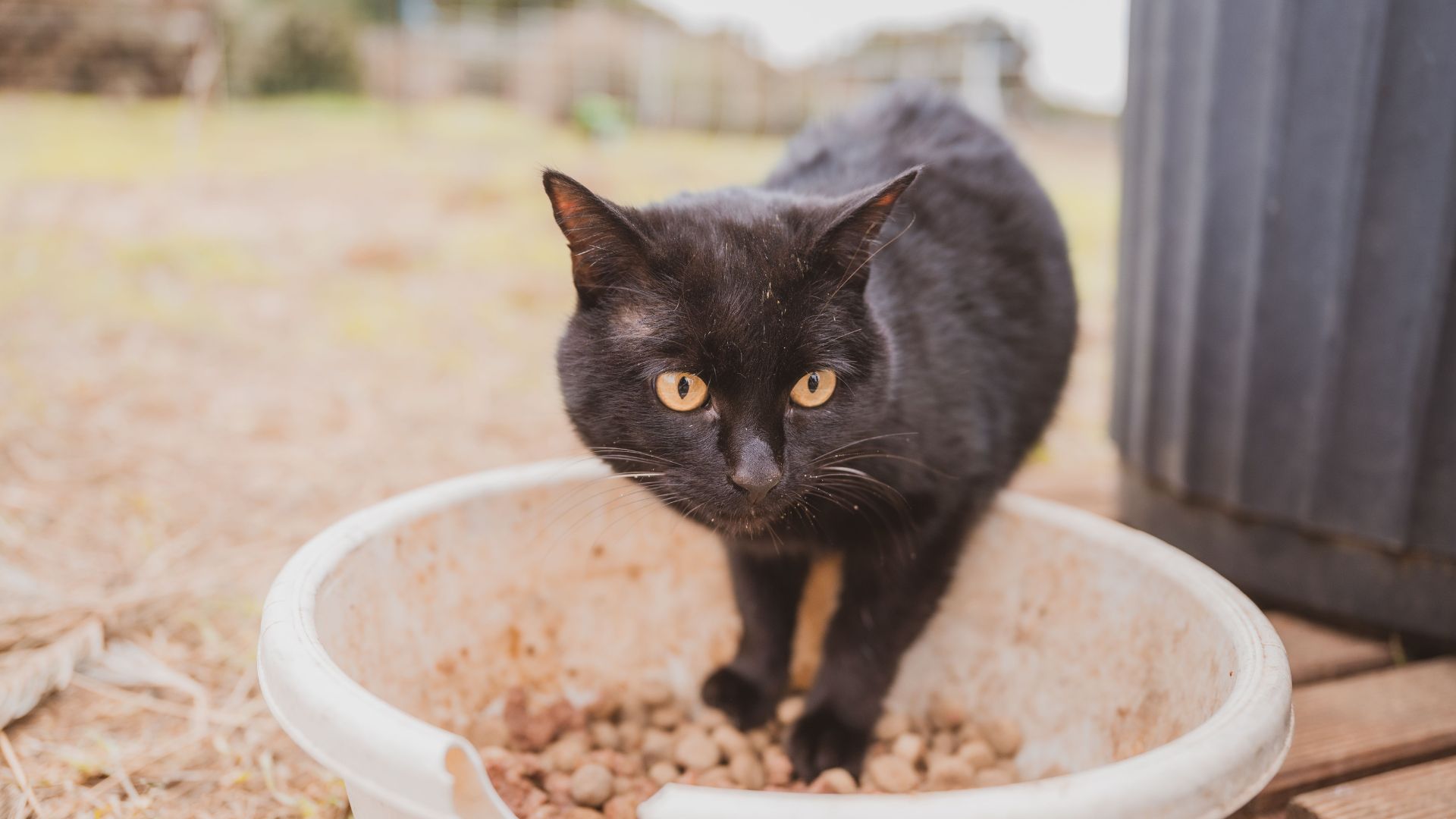
If you see a cat outdoors, you may wonder if it is a true feral cat or a lost and/or recently abandoned cat that is socialized with people. Lost or stray cats are more likely to be more visible during the daytime, more vocal and more dirty and disheveled. Alley Cat Allies provides an extended list of differences between stray and feral cats to help with the identification process. Still, it is important to recognize that every cat is unique and can show similar behaviors when in a stressful situation. Always use caution if you decide to proceed with attempting to interact with a cat you believe to be lost or recently abandoned.
More About Trap-Neuter-Return (TNR) and Additional Winter Care Resources
According to Forgotten Felines Rescue, a non-profit dedicated to controlling the feral cat population, unmanaged cat colonies contribute to severe overpopulation and poor outcomes for the animals. The most humane and effective method of controlling feral cat populations is through TNR. TNR involves spaying/neutering feral cats so that they can no longer reproduce, vaccinating them, and surgically ear-tipping them on one ear (usually the left), which is the universally recognized sign of a TNRed cat. Dedicated caretakers provide TNRed cats with food and shelter, monitor them for illness and remove newly arrived cats for TNR and tame ones for adoption. You can also see what’s involved in trapping by reviewing the basic trapping process. For more information about caring for feral cats, including if you’d like to become involved with a Trap-Neuter-Return (TNR) program, please check out our Stray Cats & TNR resource page.
For more feral cat enclosure ideas, check out this extensive feral cat shelter options list from Alley Cat Allies. Find additional winter weather tips as well.
At Cat Care Society, our vision is a committed and collaborative community where all cats have the opportunity to thrive, including feral and community cats who are adapted to living outdoors. We deeply appreciate our community’s commitment and enthusiasm for the welfare of all cats, and we are genuinely grateful for the dedication and passion demonstrated by so many in ensuring their well-being. We welcome you to reach out to us or any of our partners with any questions or more information on taking care of cats in our community! And, reach out to us if you need to borrow a live trap!
Resources
About the Author: Beth Dokolasa is a volunteer for Cat Care Society and served on the organization’s junior board. She is an instructional developer for Natural Grocers and lives in Indian Hills, Colo., with her husband, young daughter, and two cats, Techno and Digit.
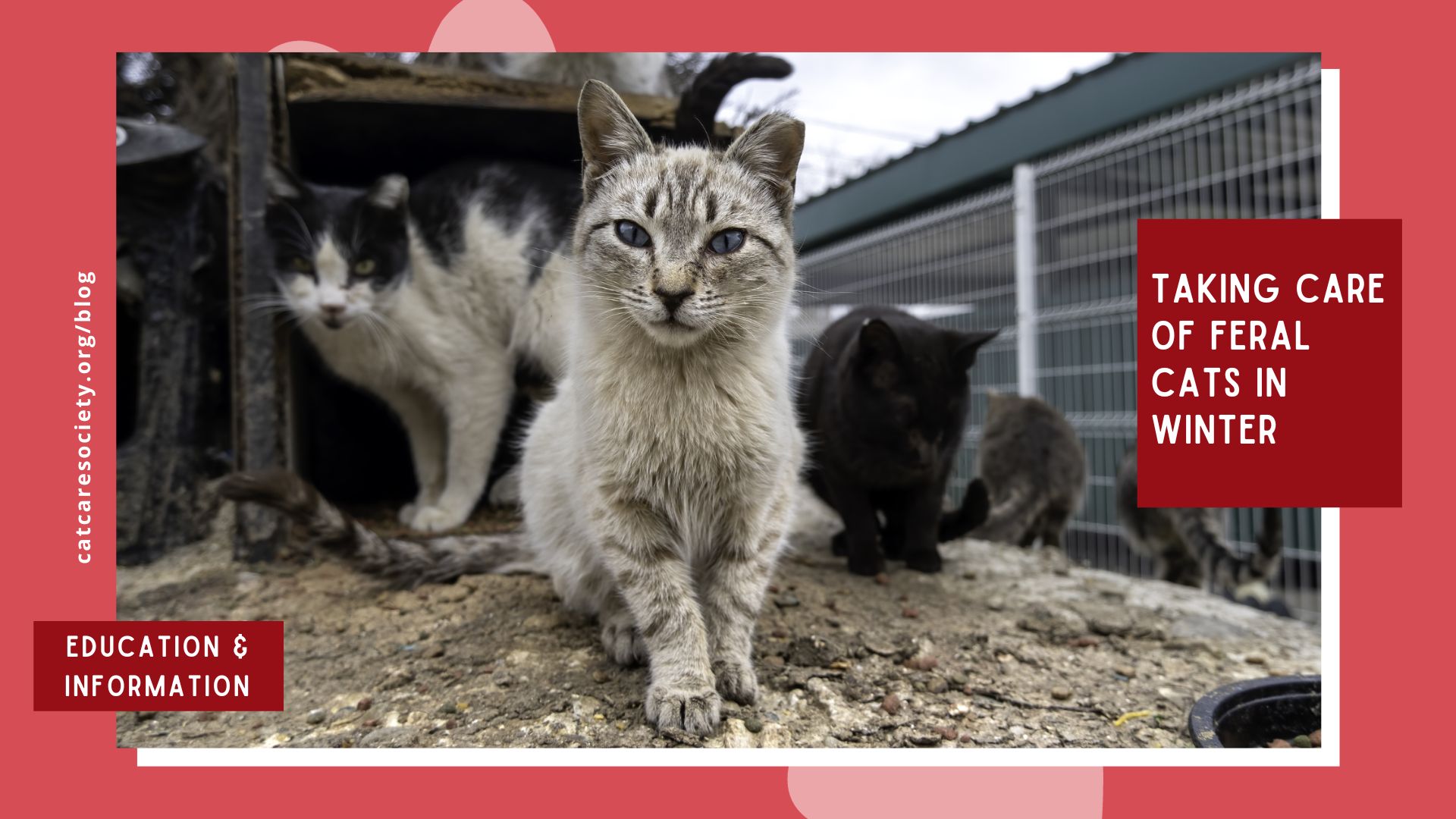
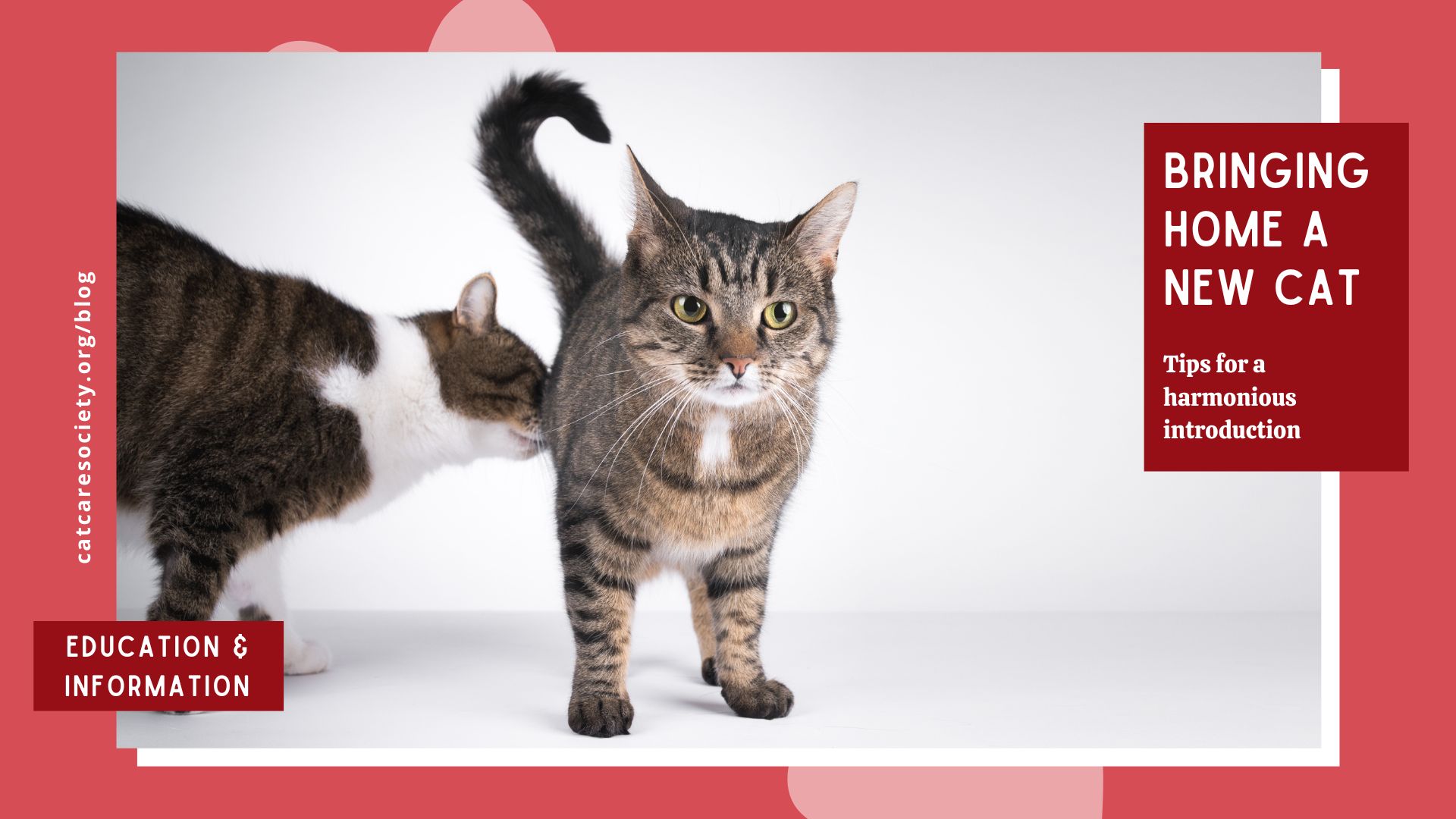
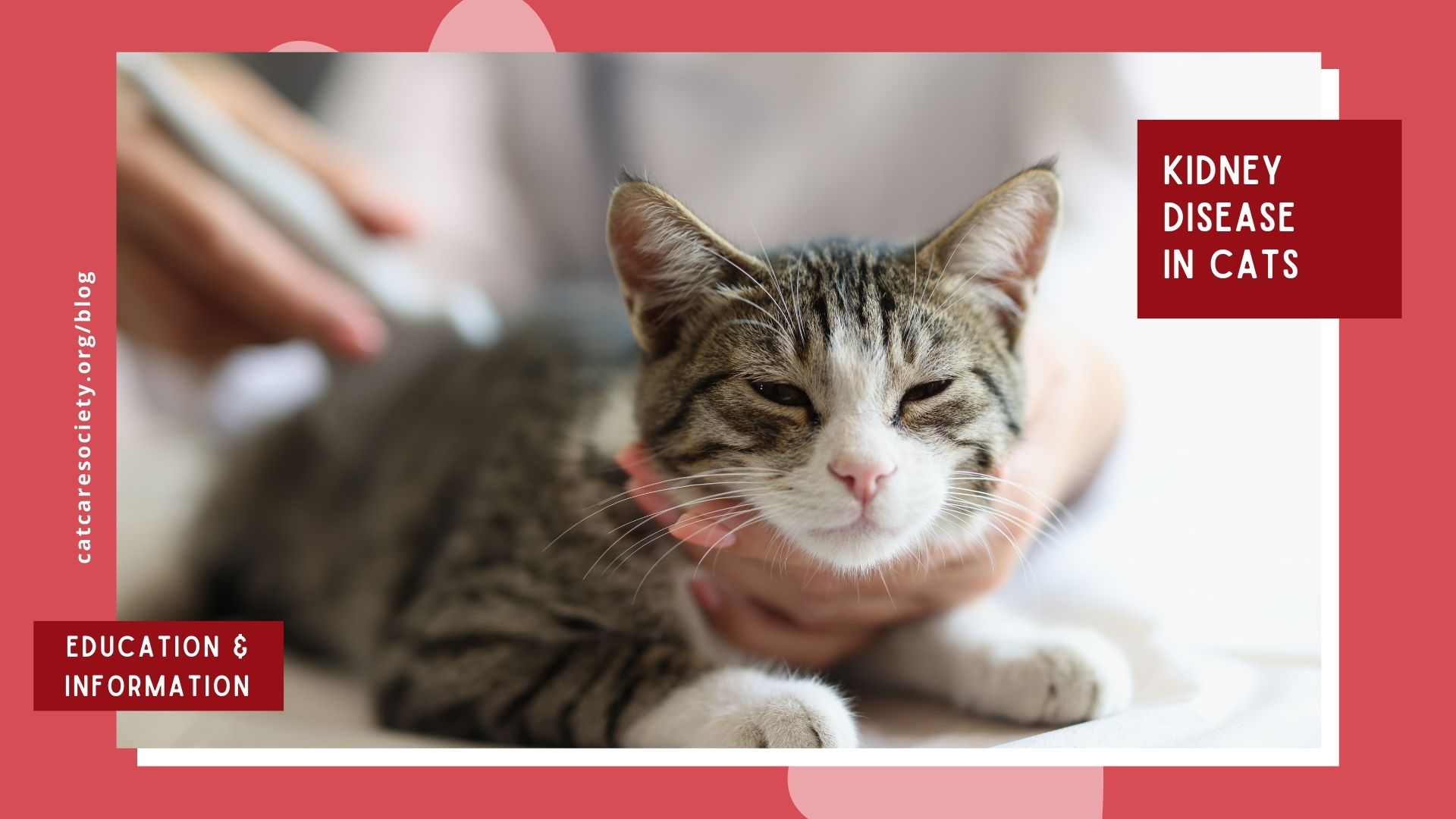
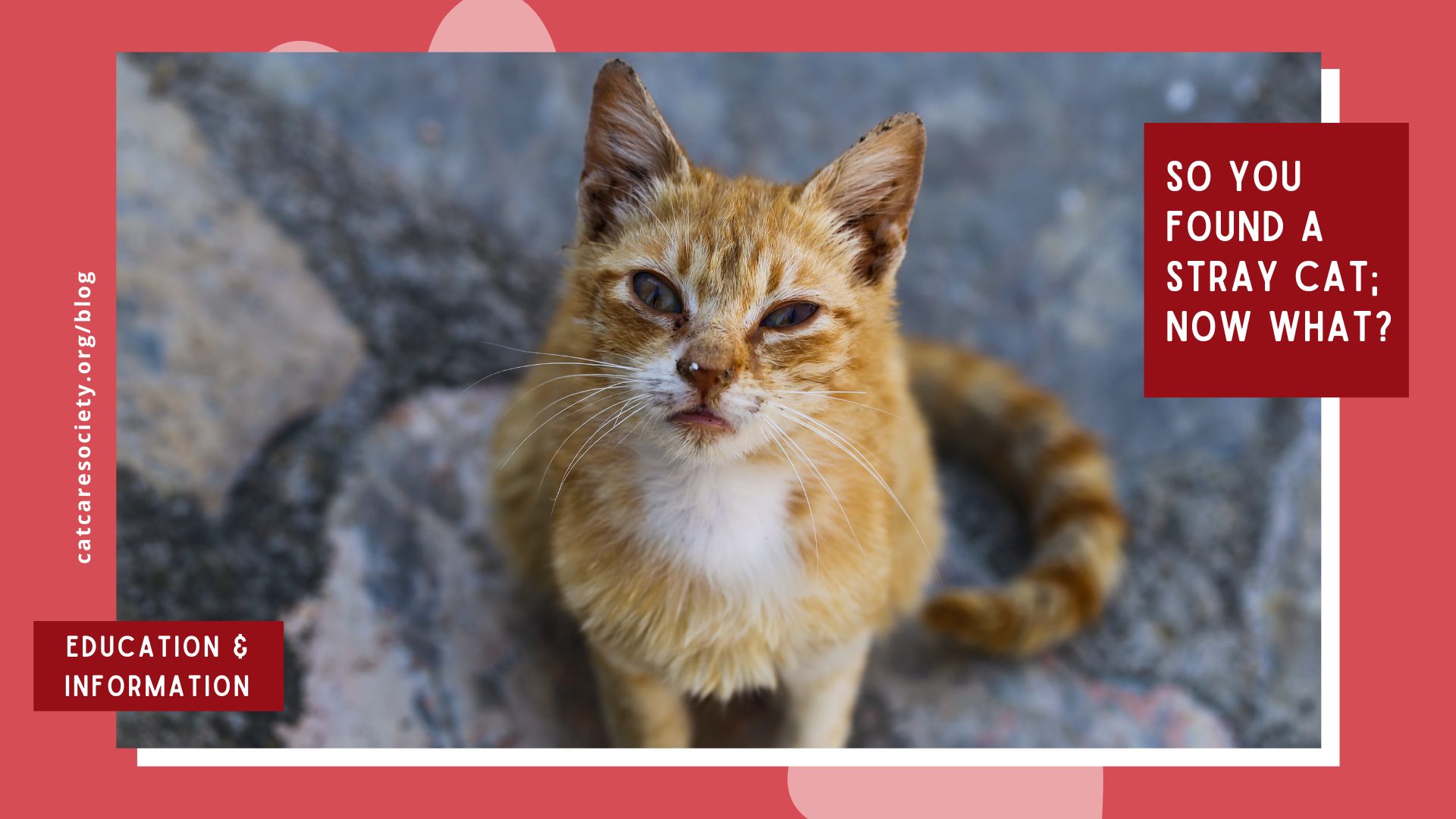
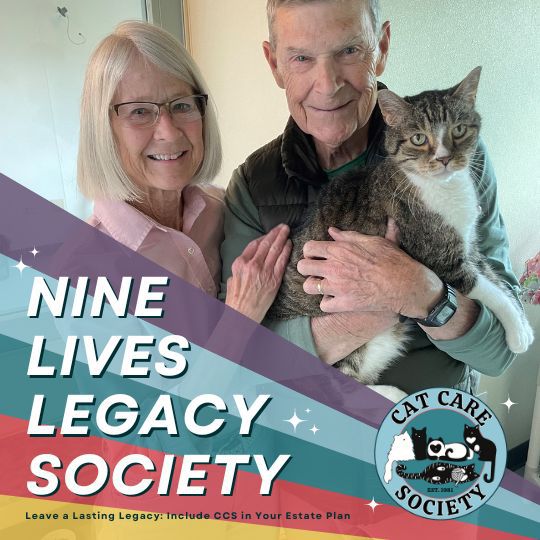

One Response
Another idea is to simply buy a Styrofoam cooler cut an entrance home in it drop it into a plastic container big enough to hold it add straw for warmth a flap for wind and you are done the Styrofoam is a very good insulation. If you live in an extreme cold environment adding mylar to the Styrofoam to radiate heat back to the Kitty will keep them warm even in deep cold periods.